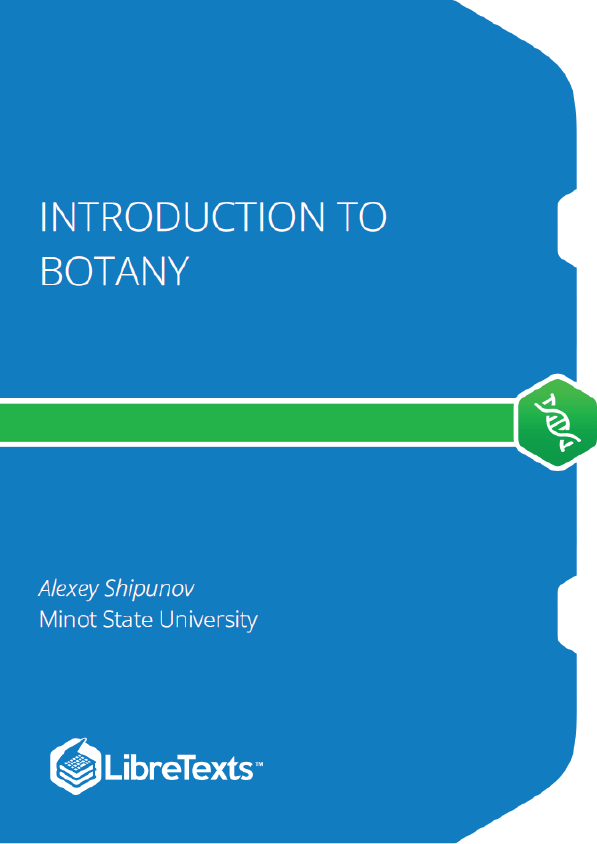Botany is the scientific study of plants and plant-like organisms. It helps us understand why plants are so vitally important to the world. Plants start the majority of food and energy chains, they provide us with oxygen, food and medicine. Plants can be divided into two groups: plants and plants . Plants contain all photosynthetic organisms which use light, , and to make organic compounds and . Plants are defined ecologically (based on their role in nature). Some plants can be bacteria or even animals! One example of this a green slug, Elysia chlorotica (see Figure ). Green slugs collect chloroplasts from algae and use them for their entire life as food producers. Therefore, green slugs are both animals and plants .
Plants are all organisms from Vegetabilia kingdom. Normally, plants are green organisms with a stem and leaves. We can define them also as multi-tissued, terrestrial, and primarily photosynthetic eukaryotes. This definition is taxonomical (based on evolution).
It is possible for the organism to be plant but not plant (Figure ). Those who fall into that category, are fully parasitic plants (mycoparasites like Pterospora, root parasites like Hydnora, stem parasites like Cuscuta, and internal parasites like Pilostyles) which do not practice photosynthesis but have tissues, terrestrial lifestyle and originated from photosynthetic ancestors. Plants may be understood on several levels of organization: (from top to bottom) (a) ecosystems or taxa, (b) populations, (c) organisms, (d) organs, (e) tissues, (f) cells, (g) organelles, and (h) molecules (Figure ). Botany is considered to be a “slice science” because it covers multiple levels of organization.
Taxonomy Taxonomy, systematics and classification are terms with similar meanings; they are all about the overwhelming diversity of living organisms, for there are more than 2,000,000 species (and 300,000 of them belong to plants ). Phylogenetics is a more fashionable term; it emphasizes the evolutionary history (phylogeny) of taxonomic groups (taxa). This taxonomic organization is hierarchical. Most scientists accept seven main levels of taxonomy (ranks): the highest is kingdom, followed by phylum, class, order, family, genus, and lastly, species.
The highest rank, kingdoms are easy to understand as the pyramid of life (Figure ) which is divided into four levels— kingdoms. At the bottom is Monera, which consists of prokaryotes (Bacteria and Archaea). This is the first level of life: Monera have simplest cells without nucleus. The next level is Protista. These are eukaryotes (nuclear cells) without tissues; some examples are algae and fungi. The final level consists of two groups: Vegetabilia and Animalia. They both have tissues but have obtained them for completely different purposes. Animals have tissues to hunt and digest, while plants have tissues mainly to survive on land. Viri which are mentioned sideways, are not living things but merely pieces of DNA or RNA which “went astray” out of cells of living organisms of all four kingdoms. Despite of being non-living, viruses are capable of evolution.











